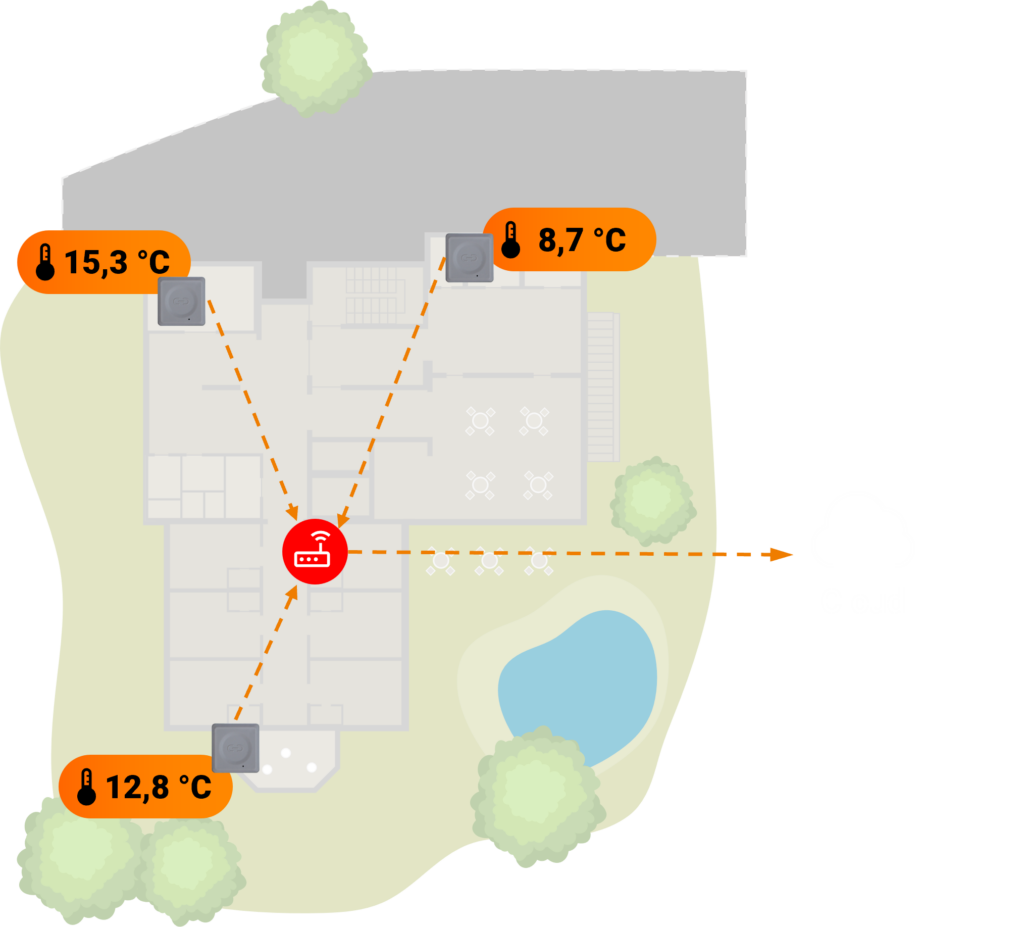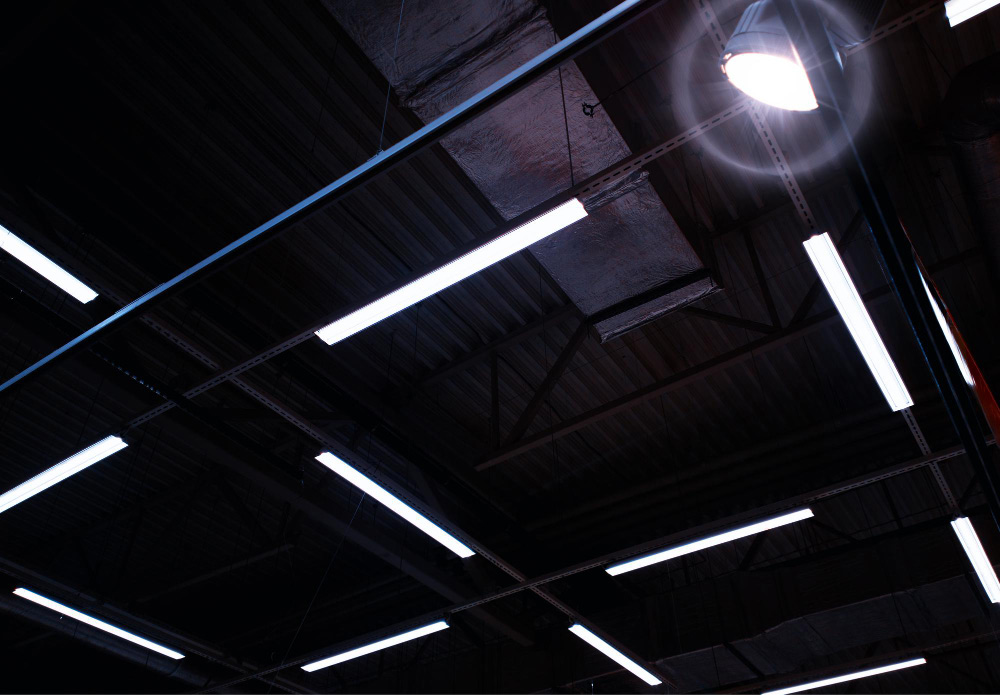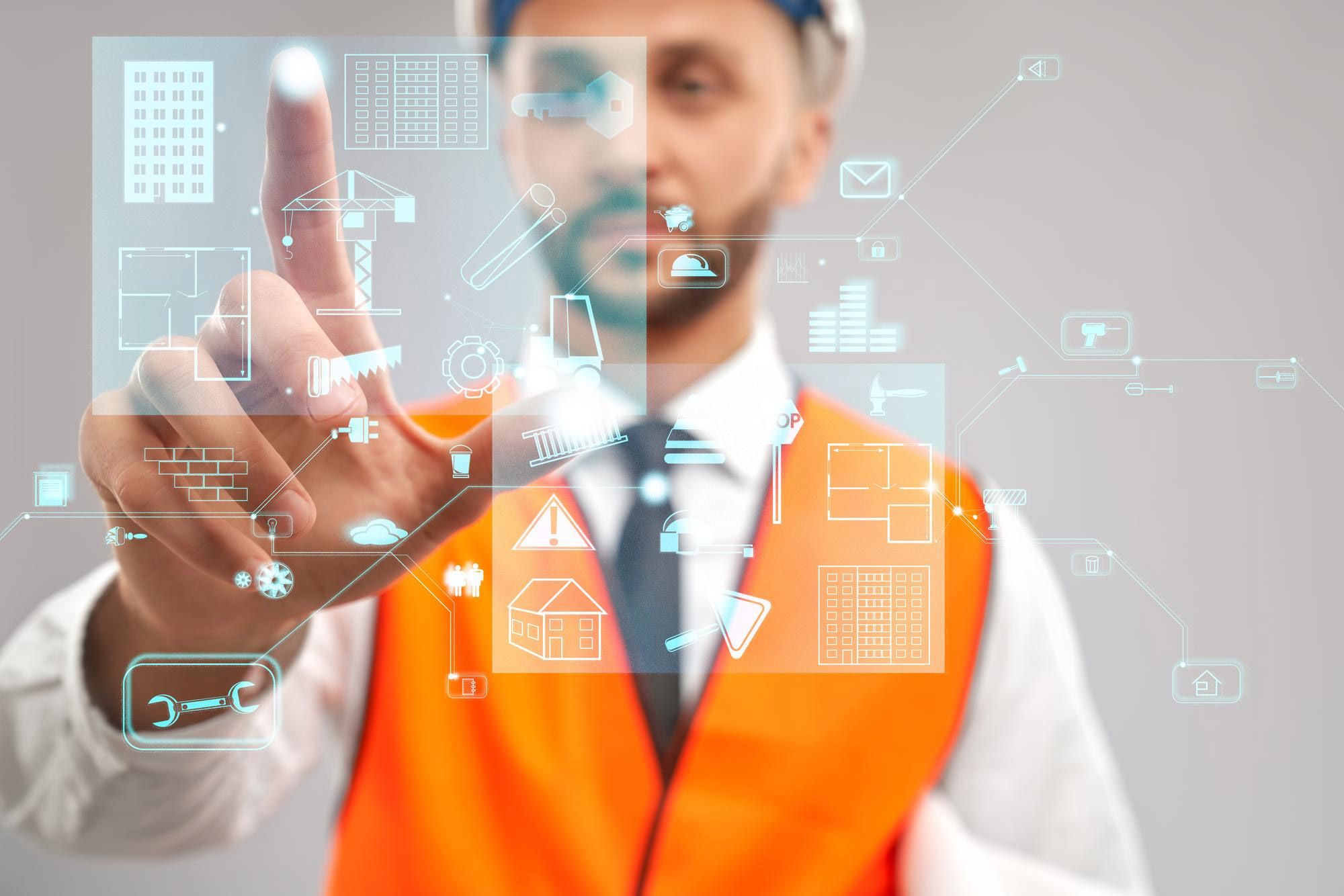Remote temperature monitoring
Monitoring the temperature of goods requiring refrigeration is crucial for their safety and quality. Traditional methods of temperature monitoring are often inaccurate and do not provide real-time monitoring, causing problems in areas such as healthcare, catering and logistics. Remote temperature monitoring offers a solution by allowing organisations to monitor temperature in real time. Through the use of sensors, temperature data can be continuously collected and sent wirelessly to a central platform to immediately detect temperature fluctuations and trigger alarms. Remote temperature monitoring is therefore an efficient and reliable way to ensure the safety and quality of goods requiring refrigeration. Translated with DeepL.com (free version)
SenseING products for remote temperature monitoring:
Why temperature monitoring is crucial
Dangers due to temperature fluctuations
Temperature fluctuations jeopardise the quality and safety of goods that require refrigeration, such as food and medicines. They can accelerate the growth of bacteria in food and impair the effectiveness of medicines.
Gesundheitsrisiken für Verbraucher und Patienten
Inadequately refrigerated products can lead to serious health problems such as food poisoning or the loss of effectiveness of medication. This can be life-threatening, especially for patients who are dependent on a constant supply.
Liability risks for companies
The improper storage of products can place a legal and financial burden on companies. They can be held liable for damage, which can lead to high losses, reputational damage and legal consequences. The implementation of a reliable monitoring system is therefore crucial.
Regulations and compliance requirements
In addition to health and financial risks, companies must also fulfil certain regulations and compliance requirements, particularly in the areas of food and drug safety. Temperature monitoring systems play a crucial role in fulfilling these requirements by providing complete recording and monitoring of temperature conditions. By complying with these regulations, companies can minimise the risk of fines, legal consequences and reputational damage.
The advantages of remote temperature monitoring
Real-time monitoring and alarm functions
Remote monitoring enables immediate alarm messages in the event of temperature deviations so that problems can be recognised and rectified at an early stage.
Remote access and data storage
Users can access the temperature data from anywhere and analyse trends to prevent future problems.
Automated reporting and compliance support
Automated reports facilitate compliance with legal regulations and industry standards. Reports can be accessed with one click.
Areas of application for remote monitoring systems
Care facilities and hospitals
In care facilities and hospitals temperature monitoring is crucial to ensure the safety and efficacy of medicines and the quality of supplies. Remote monitoring systems provide the ability to continuously monitor temperatures in storage rooms, refrigerators and freezers and receive alerts in the event of deviations, allowing timely intervention to protect patient health while relieving staff of manual documentation.


Food industry and catering
In the Gastronomy and the food industry proper food storage is crucial to ensure consumer safety and avoid food waste. Remote temperature monitoring systems allow restaurants, grocery shops and food manufacturers to monitor the temperature in cold storage and warehouses and ensure that food is stored in optimal conditions to guarantee its quality.
Logistics and supply chains
In the Logistics and in supply chains, temperature monitoring systems play an important role in ensuring product quality during the production process. transport. By monitoring the temperature in delivery vehicles, containers and warehouses, companies can ensure that sensitive products such as fresh food or medicines are not exposed to undesirable temperature fluctuations during transport. In addition, the strict transport regulations can be optimally fulfilled with the systems.

Technological aspects of remote temperature monitoring
Remote monitoring systems essentially consist of two components: Hardware and software. The hardware includes Sensors and measuring devices that continuously collect data at predefined measuring points. These sensors send the collected data via the internet to platforms or software solutions where it is analysed, visualised and stored. In cases where the sensors do not transmit via the mobile phone network, the data is typically transferred to the internet via gateways. Various technologies such as WLAN, LoRaWAN etc. are used. LoRaWAN in particular is proving to be especially suitable due to its long range and good penetration in buildings.

When selecting the right technology, it is important to ensure that the hardware complies with the applicable guidelines and standards of the respective industry. Professional advice and support from experts can be helpful to ensure that the remote monitoring system meets the specific requirements and fulfils all legal requirements.
Conclusion
Remote temperature monitoring plays a crucial role in the safety and quality of products in various industries. Through continuous temperature monitoring, potential risks can be detected and remedied at an early stage to ensure product integrity. Companies and institutions should therefore implement remote temperature monitoring systems to replace manual documentation and monitoring processes. As product safety and quality requirements increase, the importance of this technology will continue to grow.














